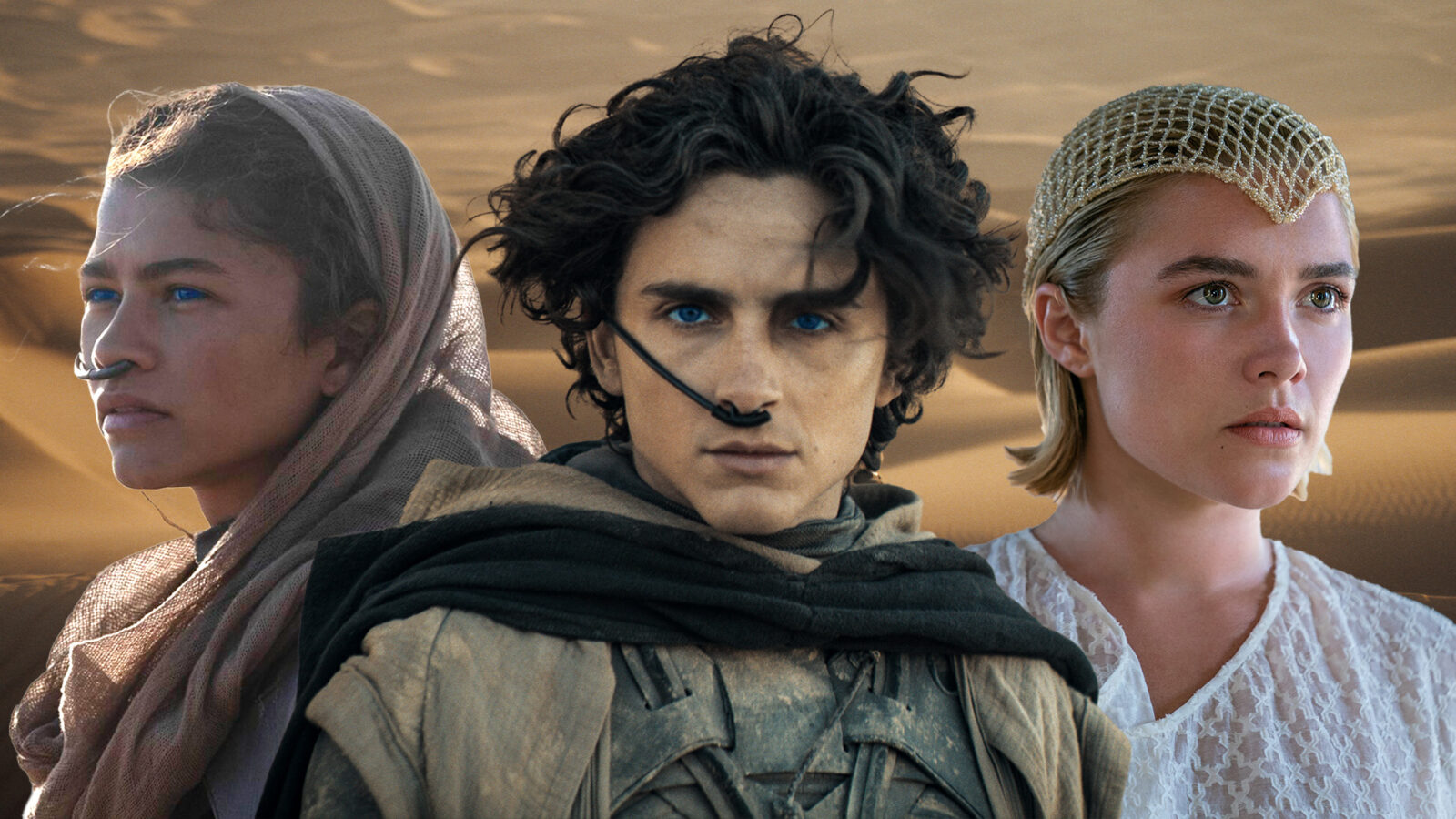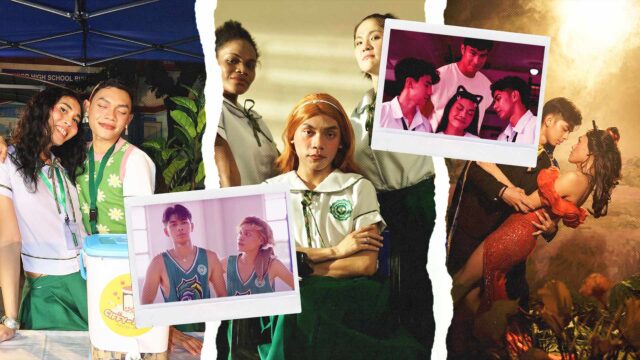In Dune: Part Two, Paul Atreides becomes the messiah he was destined to be, which is bad for the Dune universe but great for us viewers.
Related: Taste The Air Of Time: A Dune Review
This review contains spoilers for Dune: Part Two
Peals of discordant laughter erupt at the advanced screening of Dune: Part Two last February 26 as Gaius Helena Mohiam calls Paul Atreides an Abomination. The truth lays itself bare for viewers, and many cannot see it.
At the end of Part 1, there is a tenor of hope for the future as Paul and Jessica join the Fremen and venture into the deep desert; despite losing his father and his House to a galaxy-wide conspiracy, Paul has found new allies among the Fremen led by Stilgar.
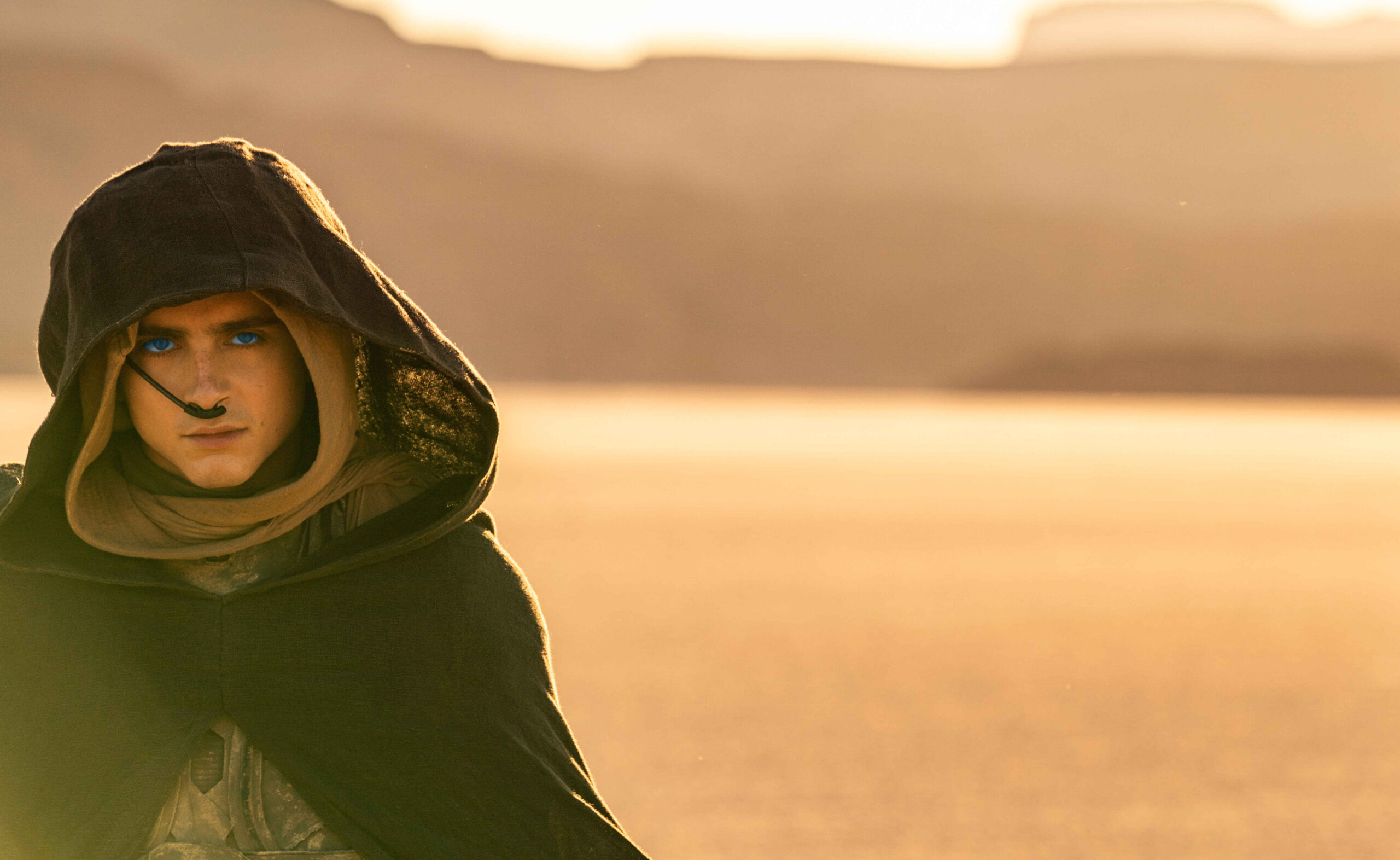
PHOTO COURTESY OF WARNER BROS. PICTURES
In classical models of literature, Paul has crossed the threshold – he knows he must now forge ahead with his new allies in the dangerous and cruel world of Arrakis. But Dune is more than the politics of the Imperium; it is the functional dynamo defined by personal belief and universal conflict, resource exploitation and guerilla resistance, and even love that must and love that cannot be.
But before we get there, a quick recap. Paul Atreides, though the son of Lady Jessica and the late Duke Leto Atreides, was supposed to have been a daughter born to the same parents. Jessica and Leto’s offspring would have been wed to the Harkonnens – mending the rift between the two rival families – and their offspring, in turn, would be the Kwisatz Haderach, a powerful male capable of wielding all the abilities that used to be exclusive to the Sisterhood of the Bene Gesserit. This, of course, does not necessarily make him a target for the Harkonnens; his father Leto is the object of the Harkonnens’ ire.
THE COMING MESSIAH
The film opens with an extraordinarily stark scene: Harkonnen troops, in pursuit of the Fremen and the Atreides, fall to the latter’s ambush as the sunset casts harsh light and shadows against the sands. Technology meets ingenuity, and both pave the way for survival instincts pushed to the brink as we bear witness to the Fremen desiccating the dead Harkonnen bodies of their water to be recycled later on for use. Too contaminated, Stilgar says of Harkonnen blood, but good enough for use on cooling units. Jessica recoils in disgust, and perhaps in any other film the viewer will confront that same kind of morality as the film rolls on; here in Arrakis, it is a fact you must accept.
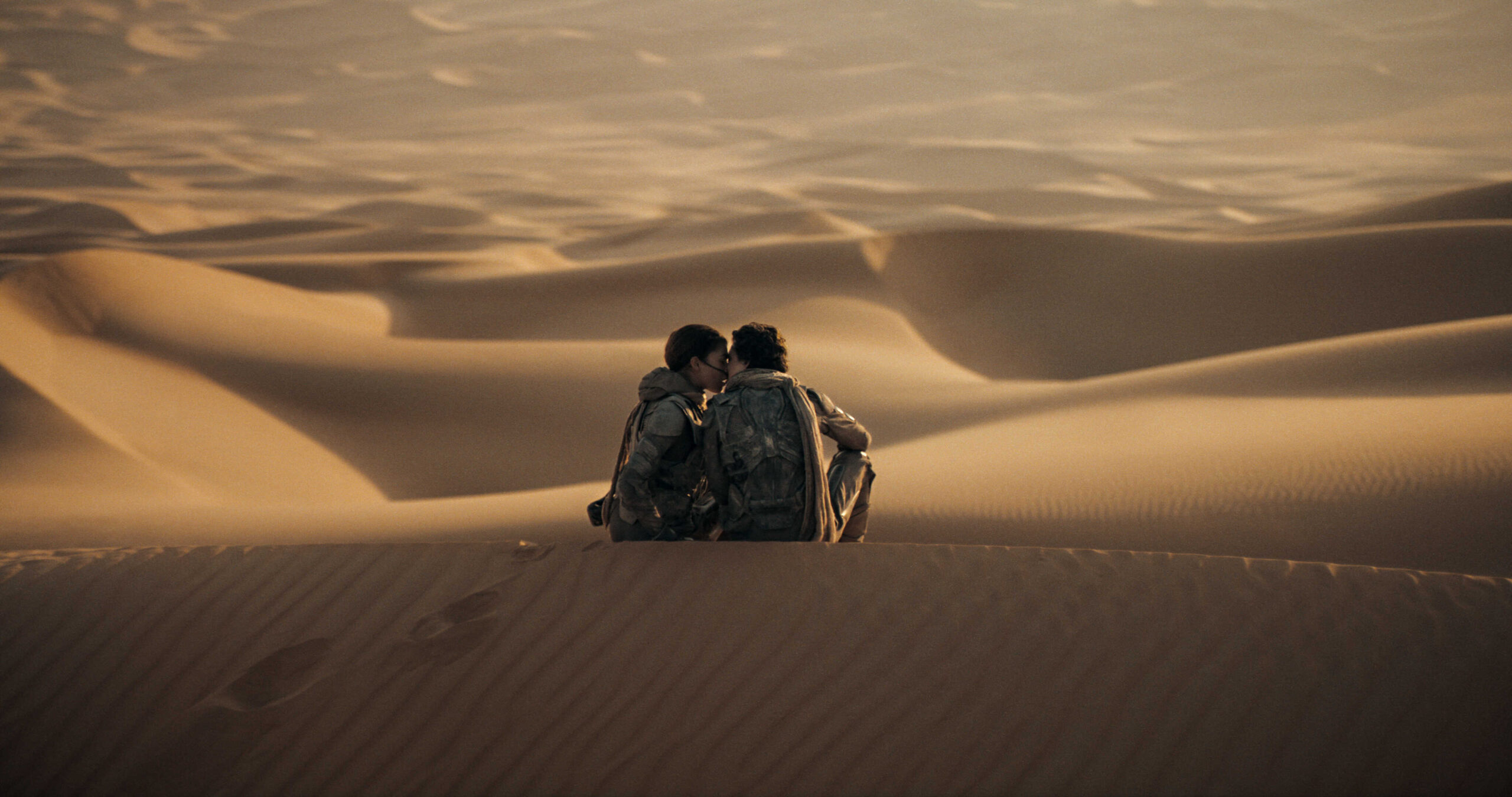
PHOTO COURTESY OF WARNER BROS. PICTURES
As the Atreides acclimate to their new surroundings, Paul is faced with yet another expectation. Besides being the new rogue Duke of Arrakis trained by the finest tutors in the universe, some among the Fremen have taken to calling him ‘Mahdi’ – Frank Herbert’s lifting of an Islamic Messiah to hook audiences into a story about the hero’s journey that was always more than what it seemed.
To the casual viewer and reader, Paul might be misread as a white savior – the Voice from the Outer World ‘destined’ to uplift the Fremen from their suffering. This, too, is an expectation Paul is saddled with – this time by his mother, and, by extension, the Bene Gesserit and their Kwisatz Haderach breeding program.
THE HERO WE NEED, AND FEARED
Not all Fremen believe in Paul’s role as messiah, and this creates friction between him and the pregnant Jessica. The act of adapting such a rich novel is a monumental task that director Denis Villeneuve and his team of writers willfully and gracefully execute. Within the first hour of the movie, the tension between the acclimating Atreides and the enigmatic Fremen are brought to bear and resolved by Jessica’s ascension to Reverend Mother and Paul becoming a comrade-in-arms among the Fremen fighters.
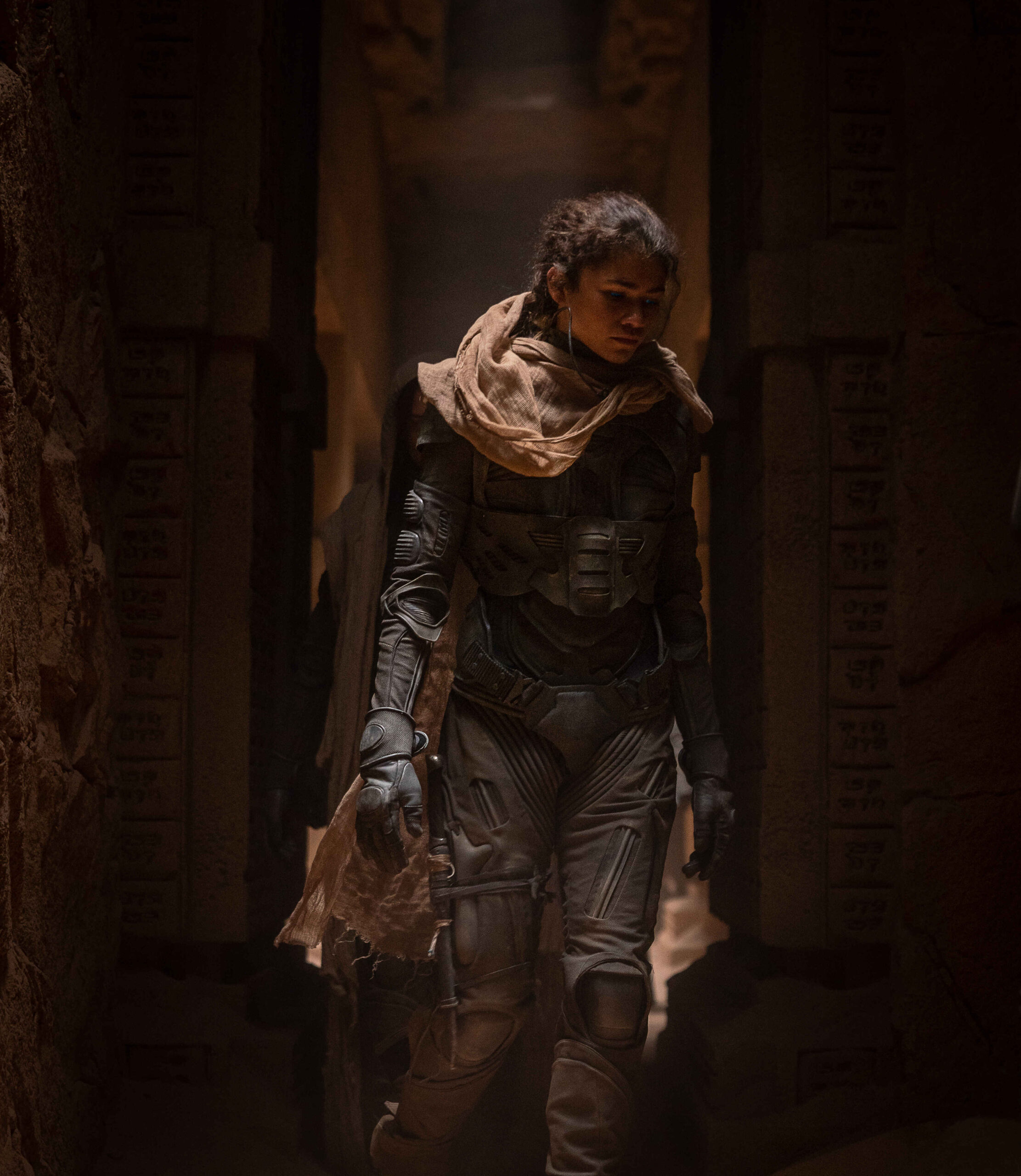
PHOTO COURTESY OF WARNER BROS. PICTURES
The relationship between Paul and Chani, though seemingly abrupt at first, takes a more prominent role here than in the books. It allows for intimate and humanizing moments between Timothee Chalamet and Zendaya – moments that do well in underpinning Paul’s humanity right before he ascends to becoming emperor. Chalamet’s princeling – naive but not at all ignorant to the ways of the world – morphs slowly into a dedicated, charismatic, and eventually sinister royal who captures the reverence of the people who have taken him in.
He defies, in his view, the prophecy that his mother and the Sisterhood have imposed among the Fremen – not at all failing to realize that his devotion to Chani and his people is what sets the wheel of fate in motion in the first place.
RICH STORY
The focus is not just on Paul and Jessica in Part Two, however. The first movie covered nearly two-thirds of the original novel, and in an attempt to flesh out more meaningfully the tight narrative and expansive cast, equal care has been given to the other major players in this stage of the Dune story.
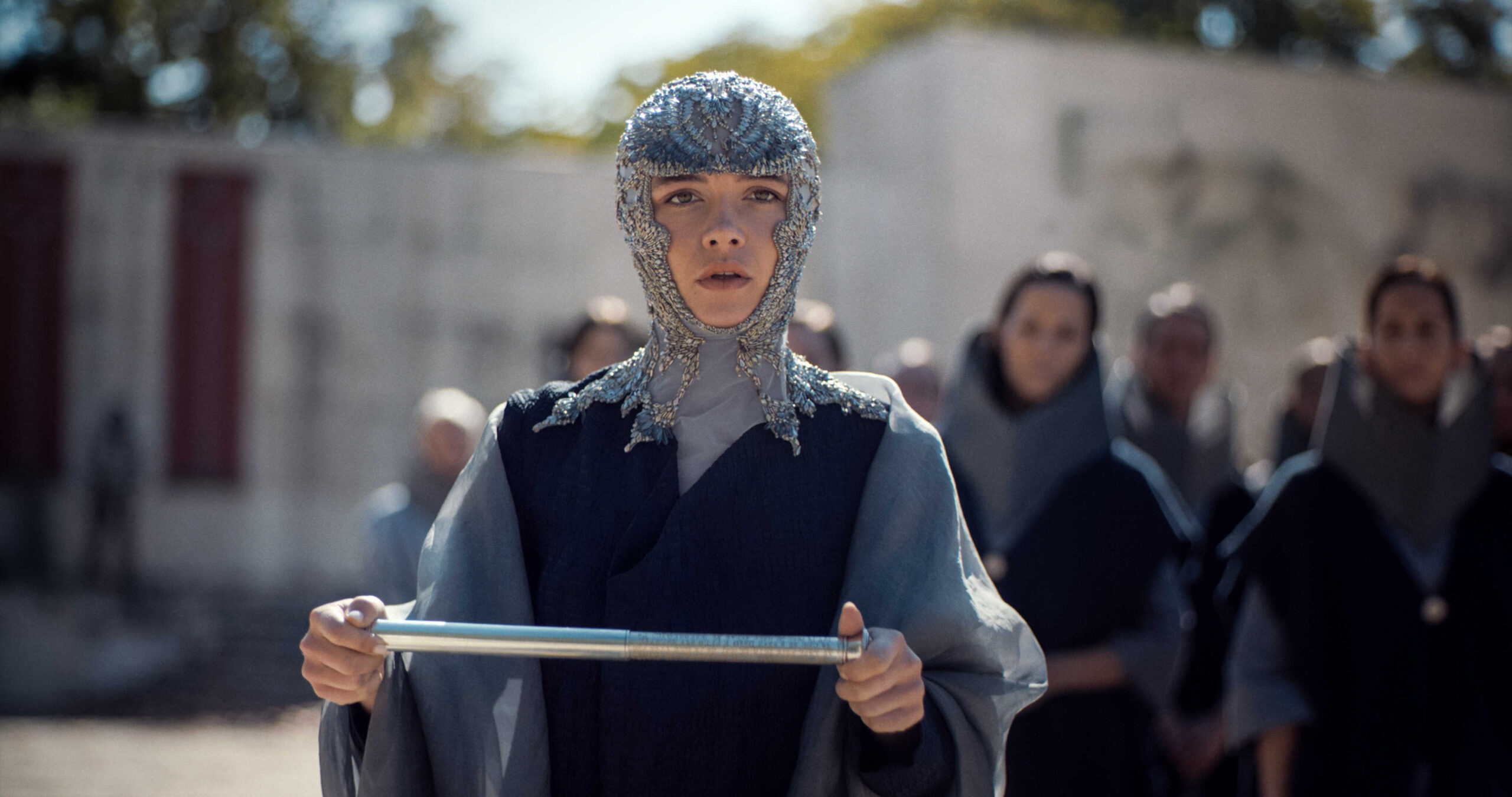
PHOTO COURTESY OF WARNER BROS. PICTURES
Florence Pugh and Christopher Walken slip easily into their roles as Princess Irulan and Emperor Shaddam IV, and it was a rather endearing touch that a majority of Irulan’s scenes depict her speaking into a recorder-diary. It served as a callback to Irulan’s presence in the original novel as the voice and persona for the individual chapters’ headers, as well as the eventual author of biographies dedicated to Paul.
New direction is given to expand on the Harkonnens Vladimir, Rabban, and Feyd-Rautha. Vladimir is still the plotting despot and Rabban his blunt instrument, but Feyd-Rautha – played by Austin Butler – brings a fanatic and unnerving quality to the sort of brutal and fascistic colors of House Harkonnen.
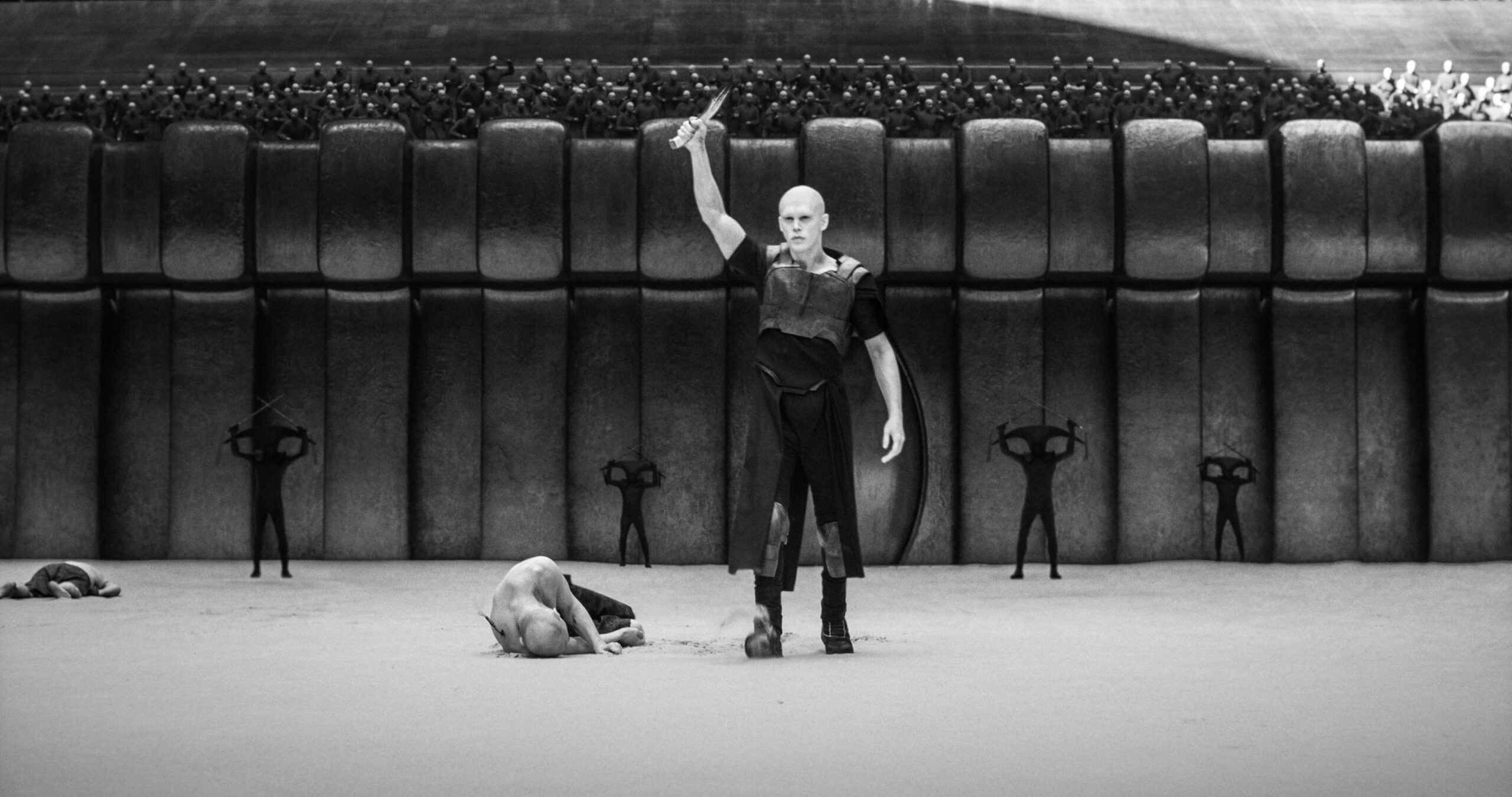
PHOTO COURTESY OF WARNER BROS. PICTURES
Beyond a skilled swordsman and ruthless field leader, Feyd-Rautha is a natural foil to Paul Atreides. Paul is slow to accept his fate and yearns to break free from the yoke of all the expectations placed upon him; Feyd is eager to rise in rank and stature – even accepting his uncle’s suggestion that one day he may be emperor through an equally horrific conspiracy.
Paul is careful and deliberate with his senses, as well as his words; Feyd allows himself to be seduced by the Bene Gesserit sister Countess Margot Fenring (portrayed by Léa Seydoux), and succumbs so willingly to base need. “Pain and pleasure, these are the levers that move him.”
EPIC IN EVERY SENSE
When Paul finally becomes the messiah the Fremen believe him to be, he hints at tragedy and irony. “These used to be friends – now they’re followers,” he says to Gurney Halleck. Even the sound and score of Dune reflect that tonal shift; gone are the halcyon moods of Part 1’s soundtrack that gave Arrakis a beautiful and dangerous sonic quality.

PHOTO COURTESY OF WARNER BROS. PICTURES
The focus is now on Paul as he crosses from one role – one world – to another. These elements combined, the entire cast and crew of the film succeed in stripping Dune of Frank Herbert’s magic realism – of the columns of spice smoke and scorched sand mirrors. Now, we see Dune for what it has always been: the birth of a tyrant.
“No more terrible disaster could befall a people than for them to fall into the hands of a Hero,” and Paul Muad’Dib Atreides is indeed a Hero. Overall, Dune: Part Two is an expansive tale that shines as a top-tier sci-fi movie few others can match. With an engaging story fit for both casuals and fans of the books, strong acting, and a commanding visual style you need to see on the biggest screen you can, Dune: Part Two is a revelation that may spell bad times for the Dune universe, but welcome cheers for moviegoers. The best movie of 2024 so far? You bet.
Dune: Part Two is now showing in cinemas nationwide.
Continue Reading: Your February 2024 Won’t Be Complete Without These New Movies And Shows
